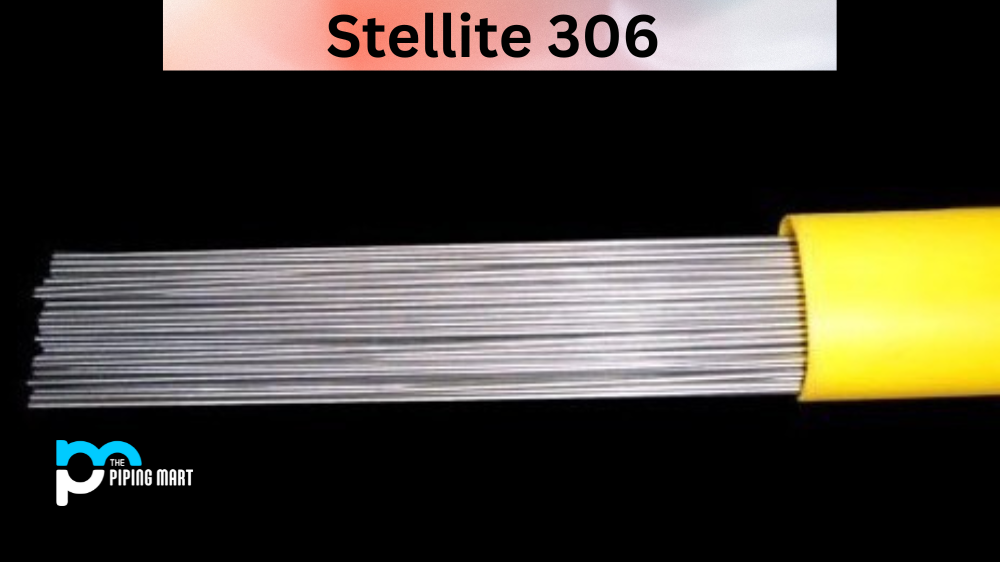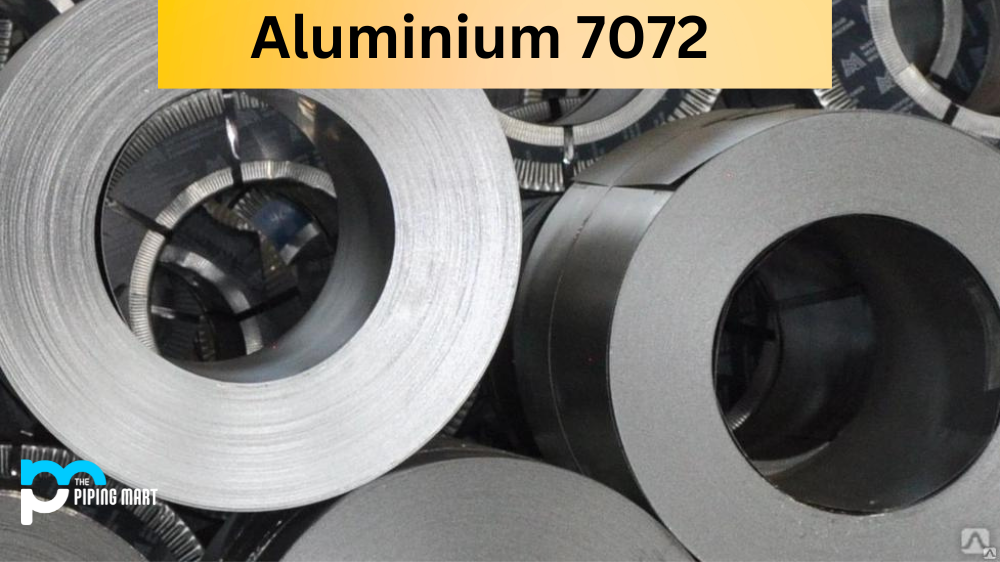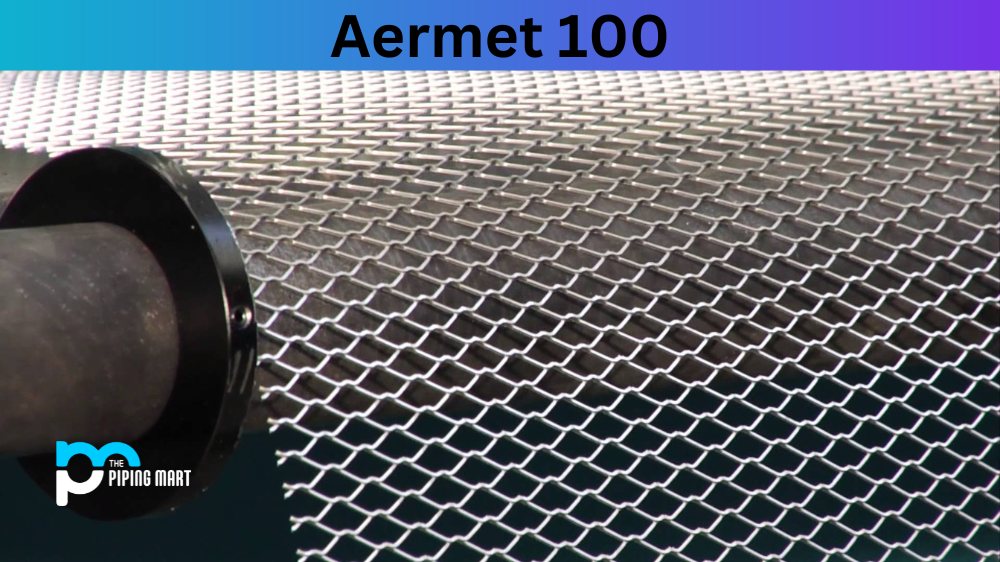Have you ever heard of Stellite 306? If not, then you’re in for a treat! Stellite 306 is a special alloy known for its strength, durability, and resistance to corrosion and wear. It is a cobalt-base alloy comprising chromium, tungsten, carbon, nickel, silicon, and iron. Stellite 306 is widely used in various industrial applications, including gas turbines, valves, and cutting tools, to name a few. In this blog post, we’ll delve deep into the world of stellite 306 and discover its composition, physical and mechanical properties, uses, hardness, heat treatment, welding, and corrosion resistance.
Stellite 306 Composition
Stellite 306 is an alloy of 50% cobalt, 30% chromium, 22% tungsten, 0.1% carbon, 1.5% nickel, and 0.5% silicon. A small amount of carbon is added to improve wear resistance, while nickel enhances corrosion resistance. Silicon, on the other hand, promotes oxidation resistance.
| C(%) | Cr(%) | W(%) | Co(%) | Nb(%) |
|---|---|---|---|---|
| 0.4 | 25.0 | 2.0 | remaining | 6.0 |
Stellite 306 Physical Properties
Stellite 306 has excellent physical properties that make it suitable for various industrial applications. It has a density of 8.5 g/cm³, a melting point of 1330°C, and a boiling point of 3100°C. Its coefficient of thermal expansion is 12.4 x 10^-6/°C, and its thermal conductivity is 22 W/mK. Moreover, Stellite 306 has magnetic properties and is ferromagnetic at room temperature.
| Property | Density kg/dm3 |
Temperature T °C/F |
Specific heat J / kgK |
Thermal conductivity W/mK |
Electric resistance µΩ·cm |
|---|---|---|---|---|---|
| 947 (≥) | 249 (≥) | 22 | 32 | 13 | Solution and Aging, Annealing, Ausaging, Q+T,etc |
| Temp. °C/°F |
Creep strain limit (10000h) (Rp1,0) N/mm2 |
Creep rupture strength (10000h) (Rp1,0) N/mm2 |
– | – | – |
| 345 | 387 | 791 | – | – | – |
Stellite 306 Mechanical Properties
Stellite 306 exhibits superior mechanical properties, including high tensile strength, impact strength, and fatigue strength. Its tensile strength ranges from 1030 MPa to 1450 MPa, depending on the heat treatment process. Its impact strength at room temperature is 48 J, and its fatigue strength ranges from 370 MPa to 650 MPa. Stellite 306 also has a high modulus of elasticity of 220 GPa and a Poisson’s ratio of 0.3.
| Yield Rp0.2 (MPa) |
Tensile Rm (MPa) |
Impact KV (J) |
Elongation A (%) |
Reduction in cross section on fracture Z (%) |
As-Heat-Treated Condition | HBW |
|---|---|---|---|---|---|---|
| 858 (≥) | 821 (≥) | 42 | 12 | 21 | Solution and Aging, Annealing, Ausaging, Q+T,etc | 332 |
Stellite 306 Uses
Stellite 306 is widely used in various industrial applications, including gas turbines, valves, bearings, saw teeth, cutting tools, and wear-resistant parts. Its superior hardness, strength, and wear resistance suit high-temperature and high-stress applications. It is also used in the aerospace, automotive, and power generation industries.
Stellite 306 Hardness
Stellite 306 is renowned for its exceptional hardness. Its Rockwell C hardness ranges from 45 to 50, higher than most other alloys. It also has a Vickers hardness 1100, making it one of the hardest materials. Its hardness is attributed to the high tungsten and chromium content in its composition.
Stellite 306 Heat Treatment
Stellite 306 can undergo heat treatment to improve its mechanical properties. The heat treatment consists of annealing, hardening, and tempering. Annealing is done at 1000°C to 1100°C to reduce hardness and improve machinability. Hardening involves heating the alloy to 1200°C to 1300°C, followed by quenching in oil or water to increase its hardness. Tempering is done at 600°C to 800°C for 2 to 4 hours to reduce internal stresses and enhance toughness.
Stellite 306 Welding
Stellite 306 can be welded using various welding techniques, including gas-tungsten arc welding (GTAW), gas-metal arc welding (GMAW), and plasma arc welding (PAW). GTAW and GMAW are preferred over PAW because they offer better control and produce less porosity. However, welding of Stellite 306 can result in cracking due to the mismatch in the coefficient of thermal expansion.
Stellite 306 Corrosion Resistance
Stellite 306 has excellent corrosion resistance, particularly in acidic and alkaline environments. Its high chromium and nickel content make it resistant to corrosion by many chemicals, including hydrochloric acid, sulfuric acid, and nitric acid. Moreover, it exhibits excellent resistance to pitting, crevice corrosion, and stress corrosion cracking.
Conclusion:
In conclusion, Stellite 306 is an awe-inspiring alloy that offers numerous benefits over other materials. Its remarkable strength, durability, and resistance to corrosion and wear make it suitable for various industrial applications. Moreover, its hardness, heat treatment, welding, and corrosion resistance properties make it stand out from the crowd. If you’re looking for a material that can withstand high-temperature and high-stress applications, Stellite 306 is your go-to alloy!

Hey, I’m Krutik, a casual blogger expert in the metal industry. I am passionate about providing valuable information to my readers. With a background in engineering and construction, I like playing Cricket & watching Netflix shows in my free time. Thank you for visiting my blog, and I hope you find my information helpful!




